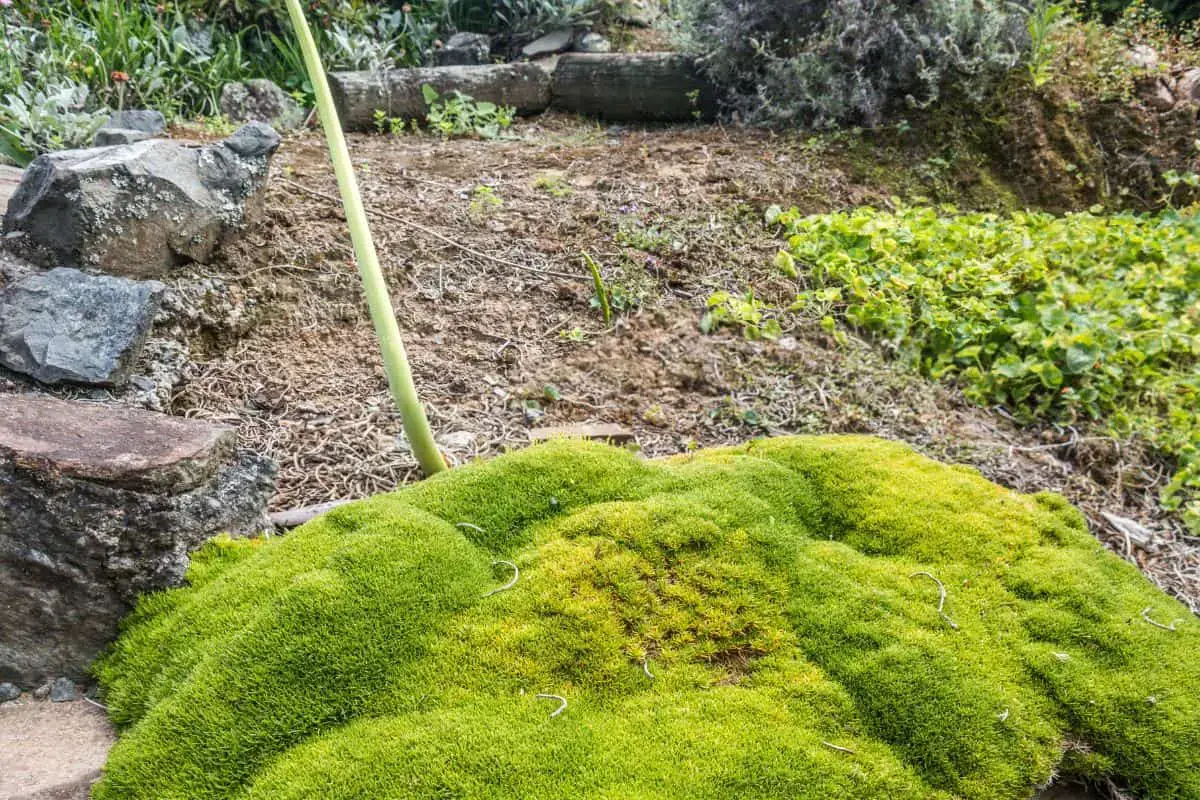
5 Steps To Make A Stunning Irish Moss Lawn
Read more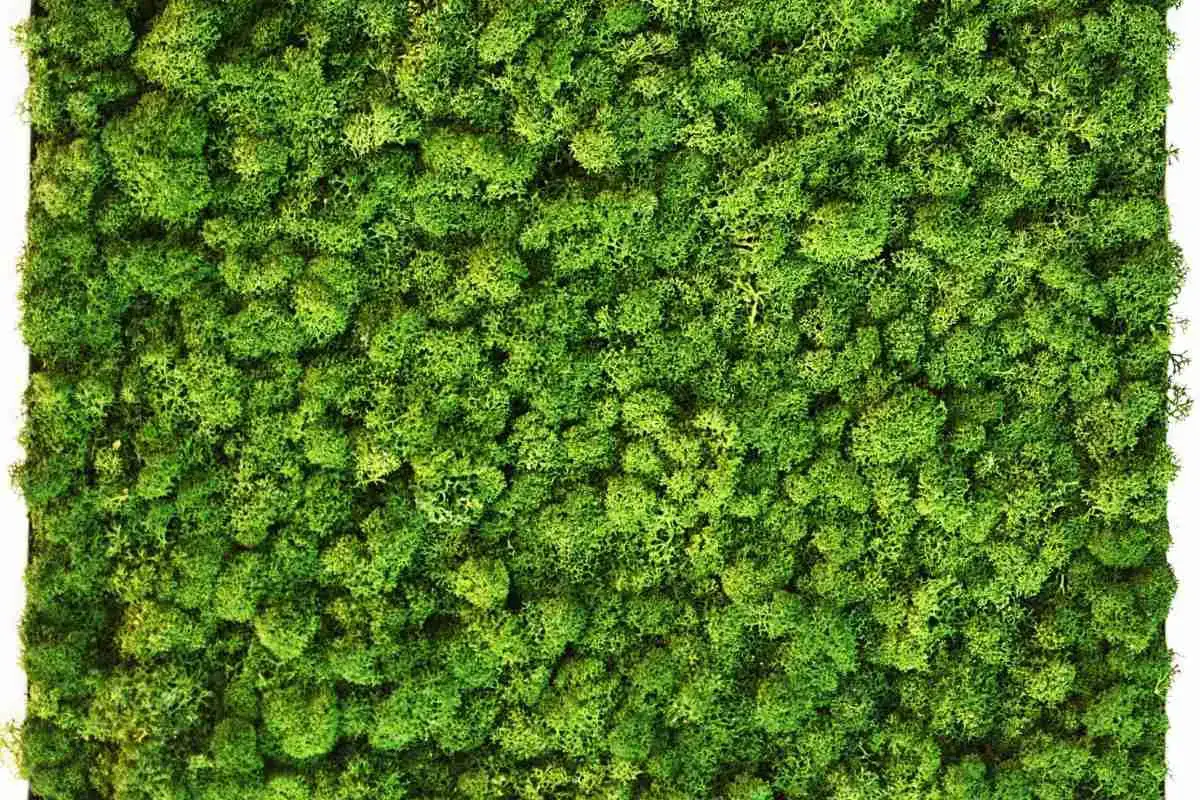
7 Easy Steps To Make An Outdoor Moss Wall
Read more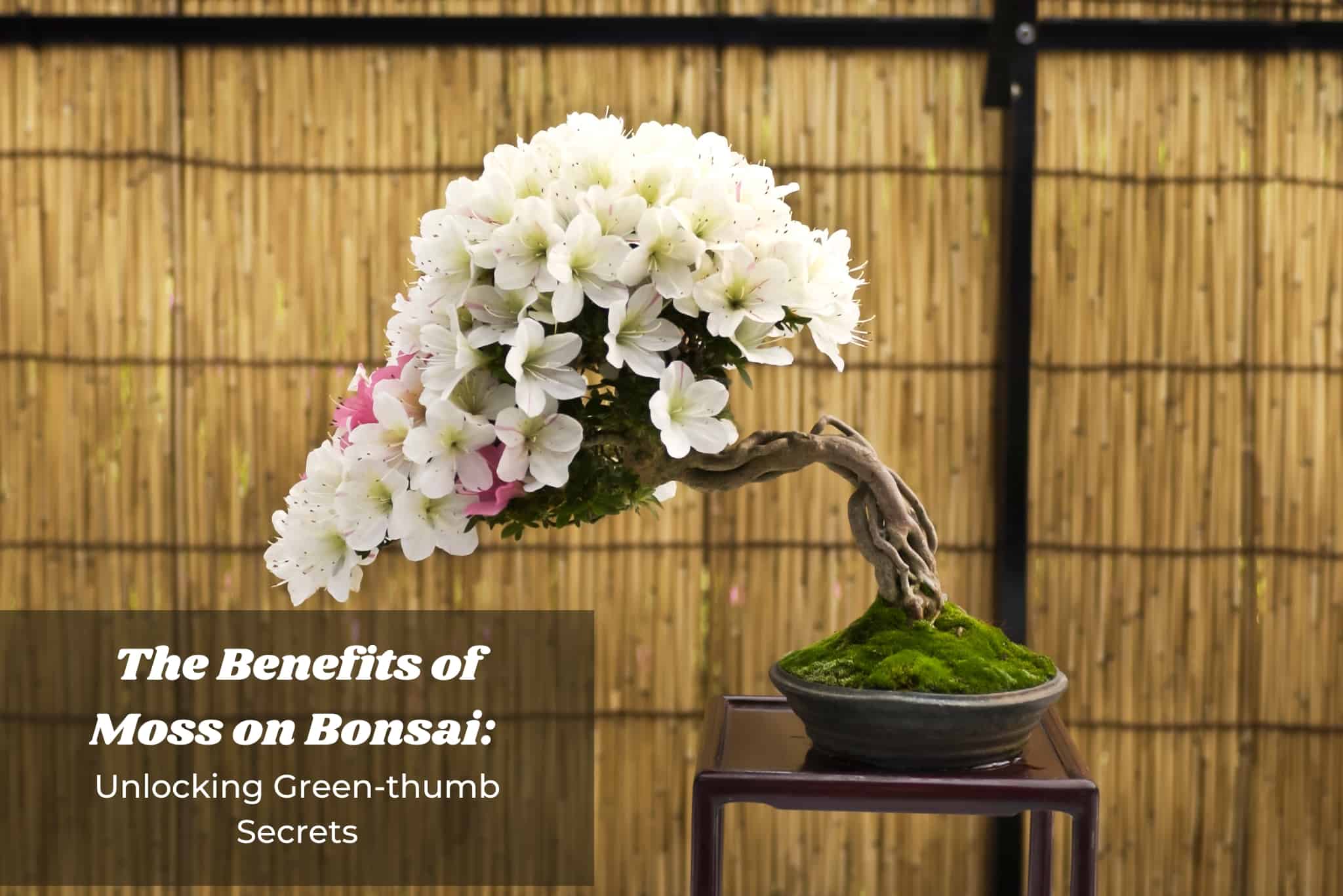
The Benefits of Moss on Bonsai: Unlocking Green-thumb Secrets
Read more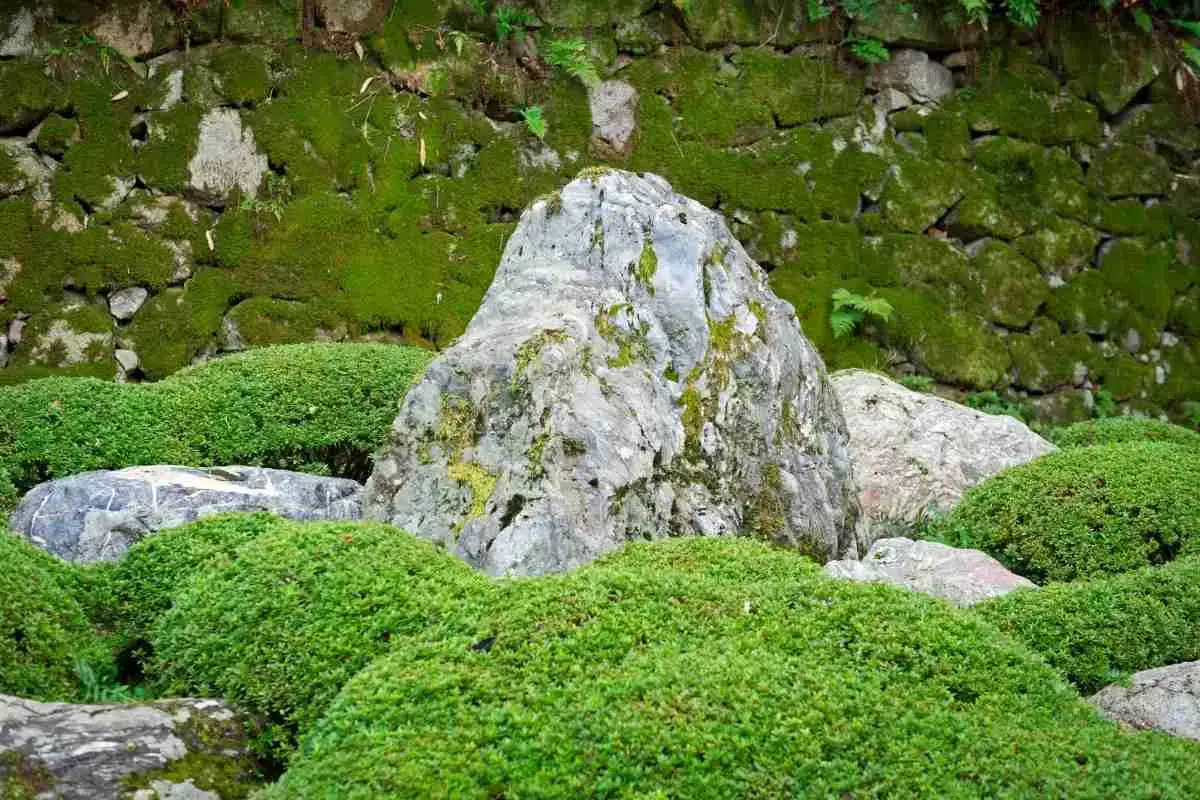
11 Types Of Moss That Grows On Rocks!
Read more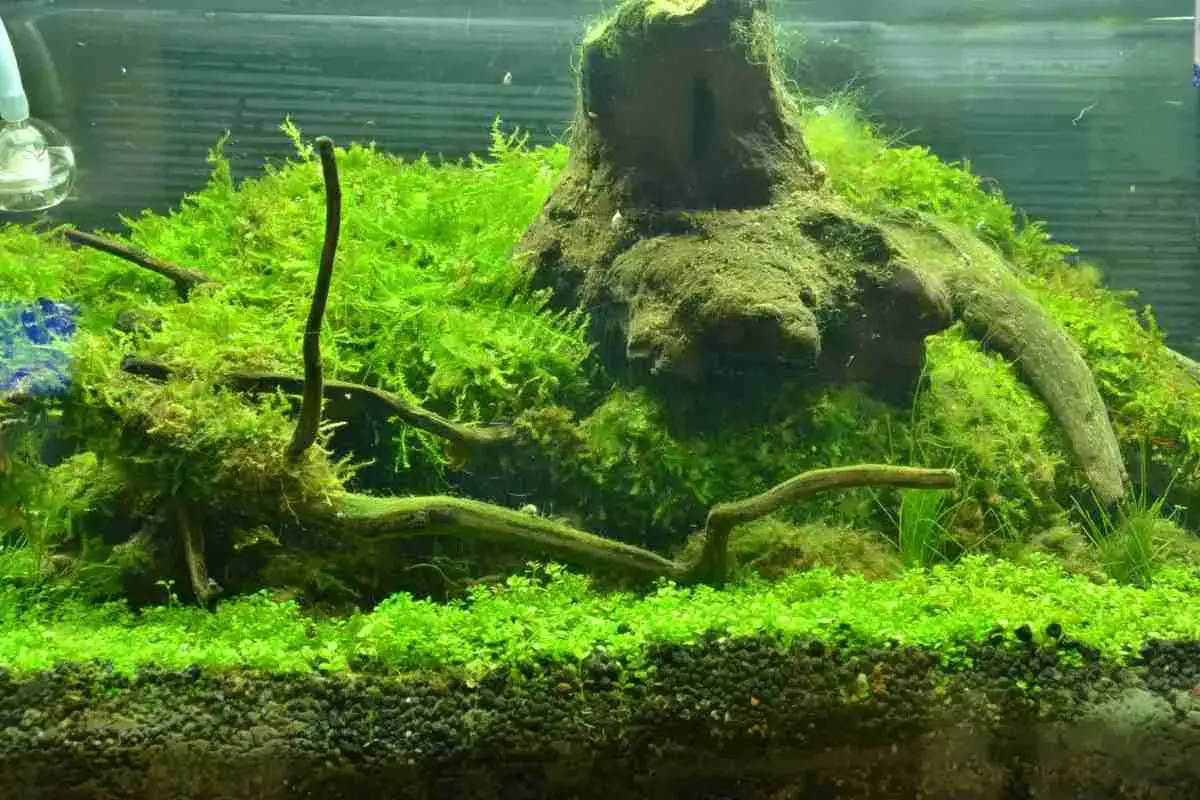
6 Simple Methods To Grow Java Moss Fast
Read more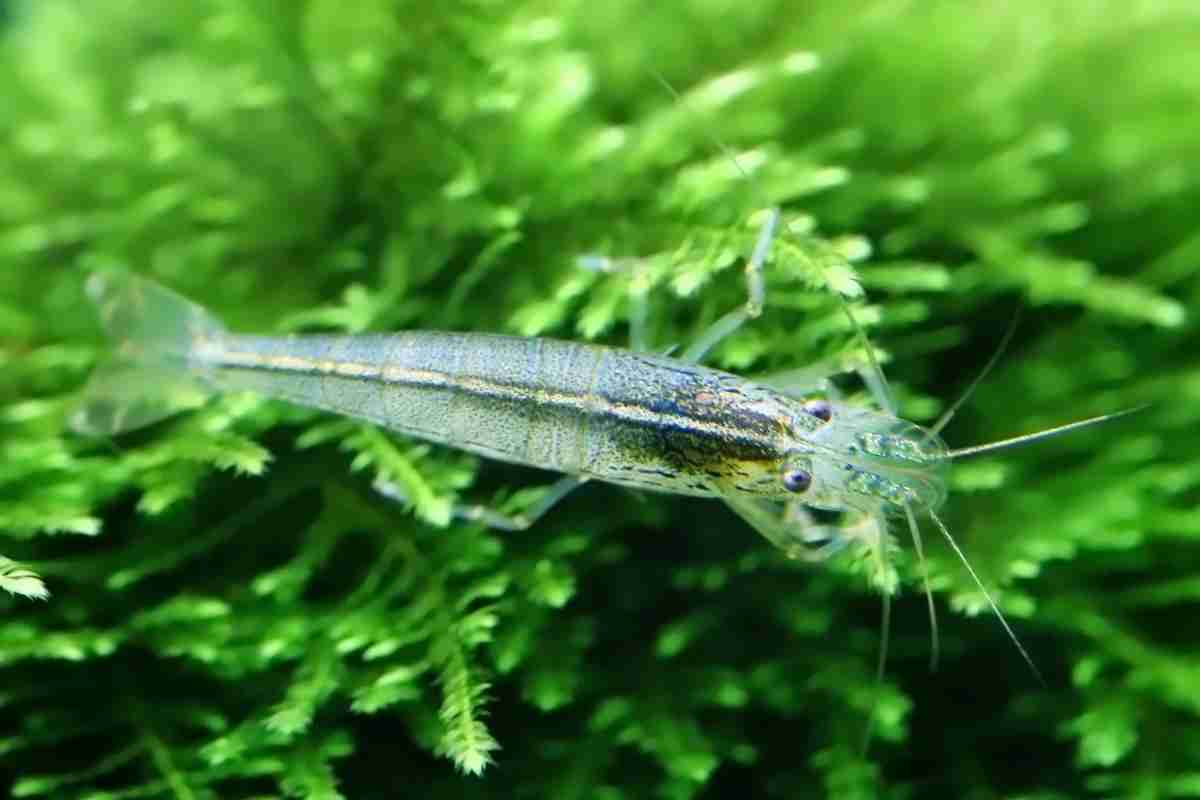
Can Java Moss Grow (Emersed) Out Of Water?
Read more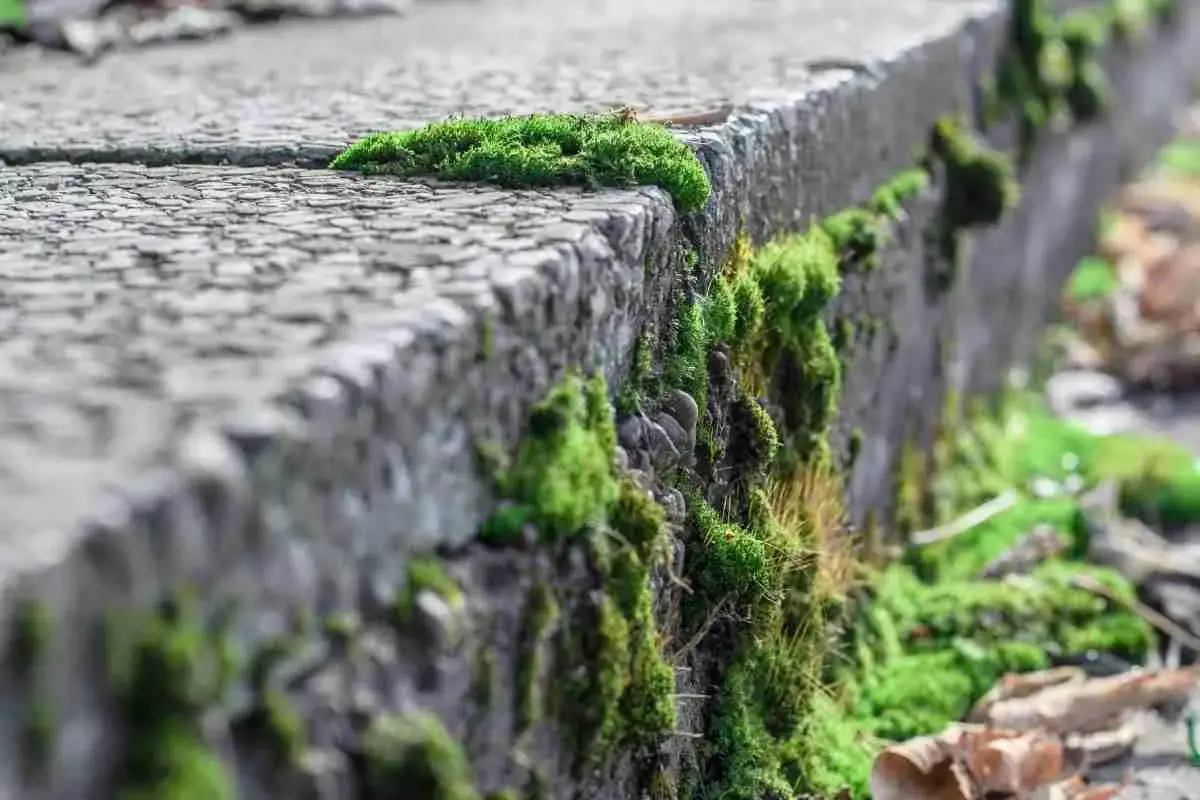
7 Ways To Permanently Remove Moss From Concrete
Read more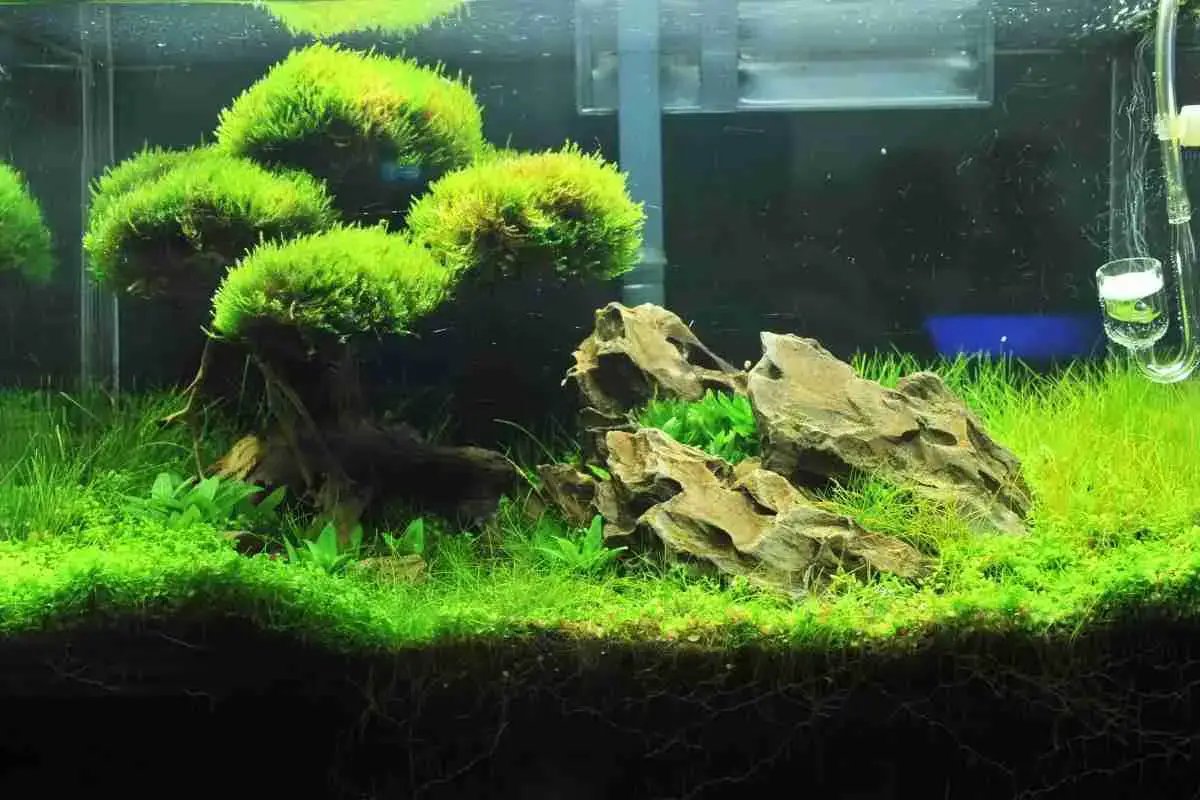
How To Grow Java Moss Carpet On Sand?
Read more
How to Grow Moss with Yogurt? Step By Step Guide!
Read more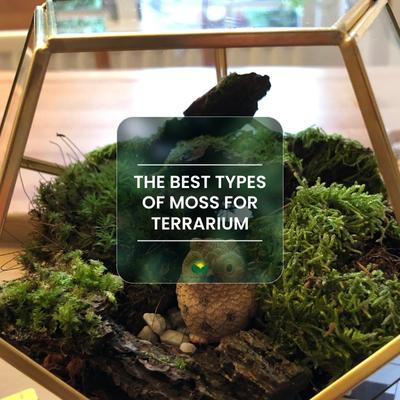
The best types of Moss for Terrarium. How to Choose, Grow and Care
Read more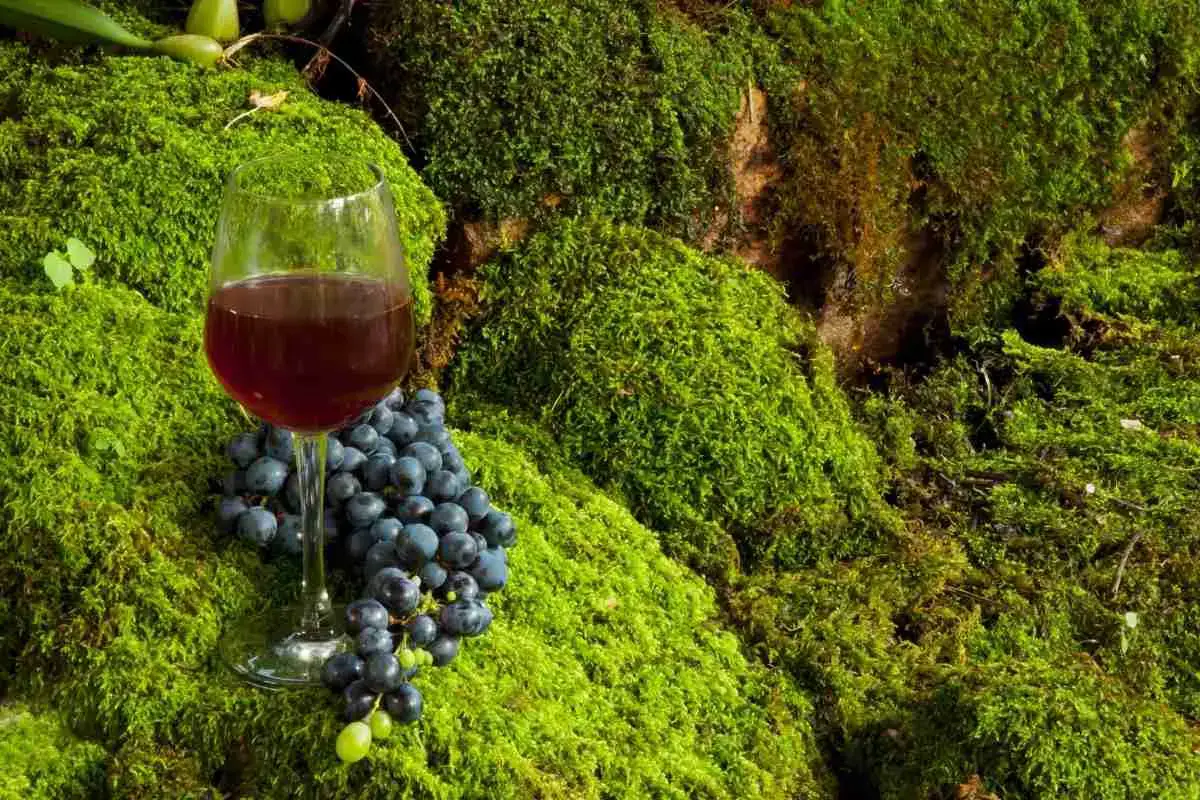
How To Grow Moss On Stone? The Ultimate Guide!
Read more